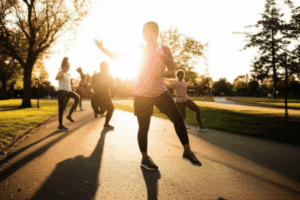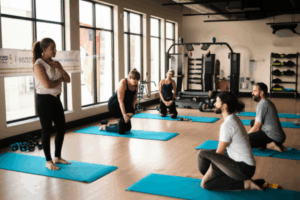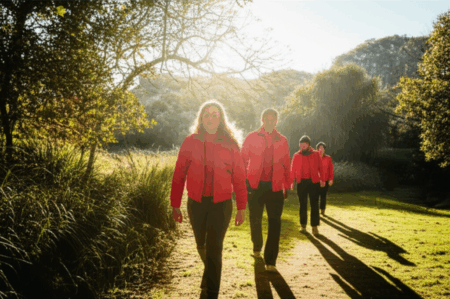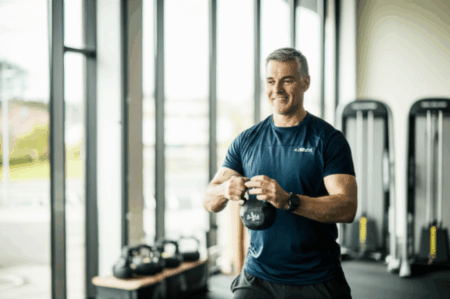As we age, the notion that aching knees are an inevitable part of life often takes hold. Many believe that joint pain, particularly in the knees, means slowing down or even giving up favorite activities. However, a growing body of evidence, and countless personal success stories, paint a different picture: a tailored exercise regime can not only alleviate knee pain but can also dramatically improve mobility and quality of life, even for those starting later in life.
The truth is, getting older doesn’t mean giving up the activities you love. Regular movement can help your knees stay strong and pain-free. In fact, for many, a new fitness journey in their 60s, 70s, and beyond has delivered astonishing results, turning the tide on years of discomfort.

Understanding Knee Pain in Older Adults
Knee pain is a prevalent issue among older adults, often stemming from conditions like arthritis, previous injuries, or general wear and tear over time. The cartilage cushioning the joints can naturally deteriorate, leading to stiffness and discomfort, while the muscles that provide stability may weaken. This can make everyday tasks such as walking, climbing stairs, or simply standing up from a chair feel challenging.
Inactivity, paradoxically, can worsen knee health. Without regular exercise, the muscles around the knee weaken, providing less support for the joint. This weakened state contributes to increased pain and a higher risk of injuries.

The Transformative Power of Exercise for Knee Health
Despite the discomfort, movement is precisely what your knees need. Exercise strengthens the muscles surrounding the knee, such as the quadriceps, hamstrings, glutes, and calves, which are crucial for absorbing impact and providing stability. Stronger muscles mean less stress on the knee joint itself, leading to reduced pain and inflammation.
The benefits extend beyond pain relief:
- Improved Mobility: Enhanced strength around the knee leads to greater ease in daily activities.
- Increased Stability and Balance: Strong knees are vital for balance, helping to prevent falls, a significant concern for older adults.
- Enhanced Recovery: Strengthening routines can facilitate easier rehabilitation after injuries or surgeries.
- Maintained Quality of Life and Independence: Good knee health allows seniors to continue participating in hobbies and daily tasks without difficulty.
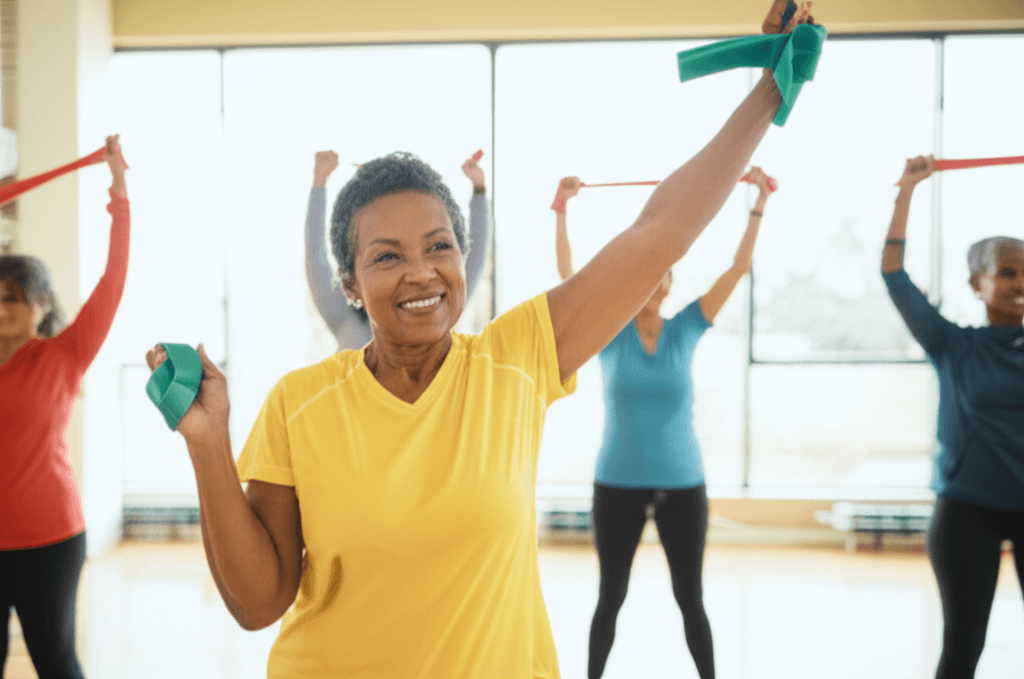
Low-Impact Exercises: Your Knees’ Best Friends
The key to exercising with knee pain or arthritis is to choose low-impact activities that minimize stress on the joints while still providing effective muscle engagement.
Here are some highly recommended exercises and activities:
Aerobic and Cardiovascular Options
These activities get your heart rate up without excessive strain on the knees.
- Walking: An excellent low-impact exercise that gently activates leg muscles without putting too much force on the knees. Start with short, regular walks and gradually increase duration.
- Swimming and Water Aerobics: The buoyancy of water reduces the impact on joints, making it an ideal choice for individuals with knee pain. Water provides gentle resistance, strengthening muscles and improving cardiovascular fitness.
- Stationary or Recumbent Biking: Cycling is a non-weight-bearing exercise that strengthens lower body muscles and improves cardiovascular health with minimal joint stress. Recumbent bikes, in particular, can be gentler on the knees due to the reclined position.
- Elliptical Training: Elliptical machines offer a fluid motion that is easy on the joints, providing an aerobic workout that engages both upper and lower body.
Strength Training for Robust Knees
Strengthening the muscles around the knee is paramount. Many effective exercises can be done with just body weight or minimal equipment.
- Quad Sets: Lie on your back, push the back of your knee into the bed or floor by tightening your thigh muscles. Hold for a few seconds. This strengthens the quadriceps, essential for knee stability.
- Straight Leg Raises: Lying on your back, keep one leg straight and lift it about 12 inches off the ground, hold, and slowly lower. This targets the quadriceps and can reduce pain after exercise.
- Mini Squats / Chair Squats: Holding onto a chair for support, slowly lower your hips as if sitting down, then stand back up. This strengthens quadriceps and glutes, crucial for knee stability.
- Hamstring Curls (Standing or Lying): Standing and holding onto support, bend one knee, bringing your heel towards your glutes. This strengthens the hamstrings, which are vital for knee bending and stability.
- Calf Raises: Hold onto a counter for balance, slowly rise onto your toes, then lower. This strengthens calf muscles, aiding balance and reducing knee strain.
- Glute Bridges: Lie on your back with knees bent, feet flat. Lift your hips off the floor, squeezing your glutes. This strengthens glutes and hamstrings, supporting the knee.
- Knee Extensions: Sitting in a chair, slowly straighten one leg until it’s parallel to the floor, hold, and lower. This specifically targets the quadriceps.
- Side Leg Raises: Lie on your side and lift the top leg, keeping it straight. This helps strengthen hip and leg muscles for added knee support.
- Wall Slides with Ball Squeeze: Stand against a wall with a small ball between your knees. Slowly slide down the wall, bending your knees, squeezing the ball.
Flexibility and Balance Work
- Gentle Stretching: Stretching exercises improve flexibility and reduce stiffness, making everyday tasks easier. Hamstring and quadriceps stretches, as well as gentle knee flexion stretches, are beneficial.
- Tai Chi and Yoga: These focus on subtle movements, balance, and flexibility, improving joint range of motion, reducing stiffness, and preventing falls.
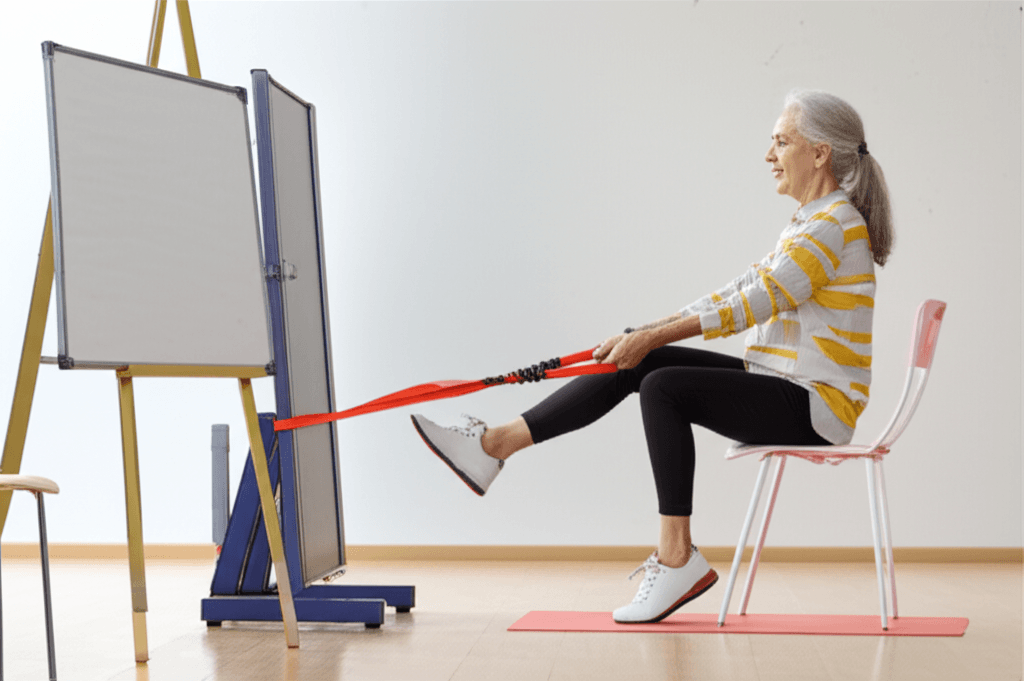
Starting and Sustaining Your Exercise Journey
Embarking on a new exercise regime, especially at an older age, requires a thoughtful approach.
- Consult Your Doctor: Before starting any new program, it’s crucial to consult your healthcare provider, particularly if you have existing knee pain, arthritis, or other health conditions. They can help tailor a program that’s safe and effective for your specific needs.
- Start Small and Progress Gradually: Begin with manageable goals, perhaps 10-15 minutes a day, a few times a week, and slowly increase duration and intensity. Listen to your body and avoid pushing through pain.
- Focus on Consistency: Regularity is more important than intensity. Aim for at least 150 minutes of moderate aerobic activity weekly, broken into shorter sessions if needed, combined with strength and balance exercises.
- Find What You Enjoy: Choose activities you genuinely find pleasurable to increase adherence. Whether it’s walking in a park, swimming, or an online exercise class, enjoyment is key to long-term success.
- Consider Professional Guidance: A physical therapist can provide an individualized exercise program that suits your specific needs and teach you how to perform movements correctly.
Many individuals who started exercising in their 60s and beyond report significant improvements in energy levels, mobility, and overall well-being. The experience of reclaiming mobility and living free from persistent knee pain is a testament to the fact that it’s truly never too late to start. By embracing a consistent, mindful exercise routine, healthy and strong knees can be a reality at any age.

